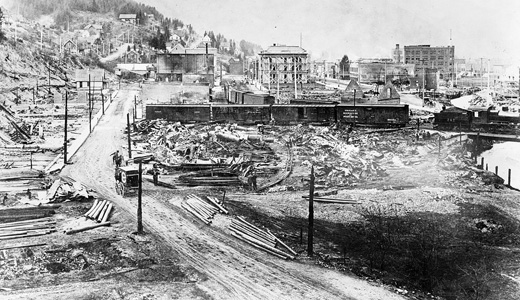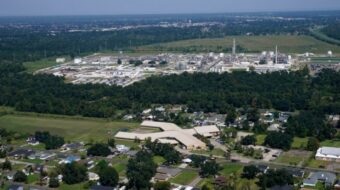
On August 20, The Great Fire of 1910, a wildfire that consumed about 3 million acres in northeast Washington, northern Idaho and western Montana, claimed the lives of 78 firefighters over two days. It is believed to be the largest fire in U.S. history and the deadliest until the September 11 attacks in 2001. Some termed the fire “big blowup,” or the “big burn,” or the “time when the mountains roared.”
According to the 1910 Fire website: Snows in the Pacific Northwest in the winter of 1910 resulted in deadly avalanches in the Cascade and Bitterroot Mountains. A dry summer followed, and many (some accounts say thousands) forest fires proved hard to contain in the region between Glacier National Park and the Cascades. Then on August 20 and 21 strong winds arrived in the region and pushed the fires into firestorms that devastated millions of acres of forests and some towns laying in those forested areas, the Big Blowup, known collectively as the 1910 Fire
Among the fatalities, the entire 28-man “Lost Crew” was overcome by flames and perished on Setzer Creek outside of Avery, Idaho.
To read many detailed stories of the people involved in the 1910 fire, click here.
Could this happen again? Recently Blake Deppe reported to Peoplsworld.org:
Wildfires have been blazing on all summer, and the latest of them is occurring in Oregon, near the Columbia River Gorge. Owners of 140 homes have already evacuated, and despite the efforts of 400 firefighters, the flames have continued to spread over five square miles. Meanwhile in northern Idaho, another brushfire has burned across 64 square miles and destroyed five structures. But efforts to combat the blazes may be fruitless, because the money to fight them is running out.
Photo: Wallace Idaho 1910 fire Public Domain. National Photo Company – U.S. Library of Congress Prints & Photographs Online Catalog.










